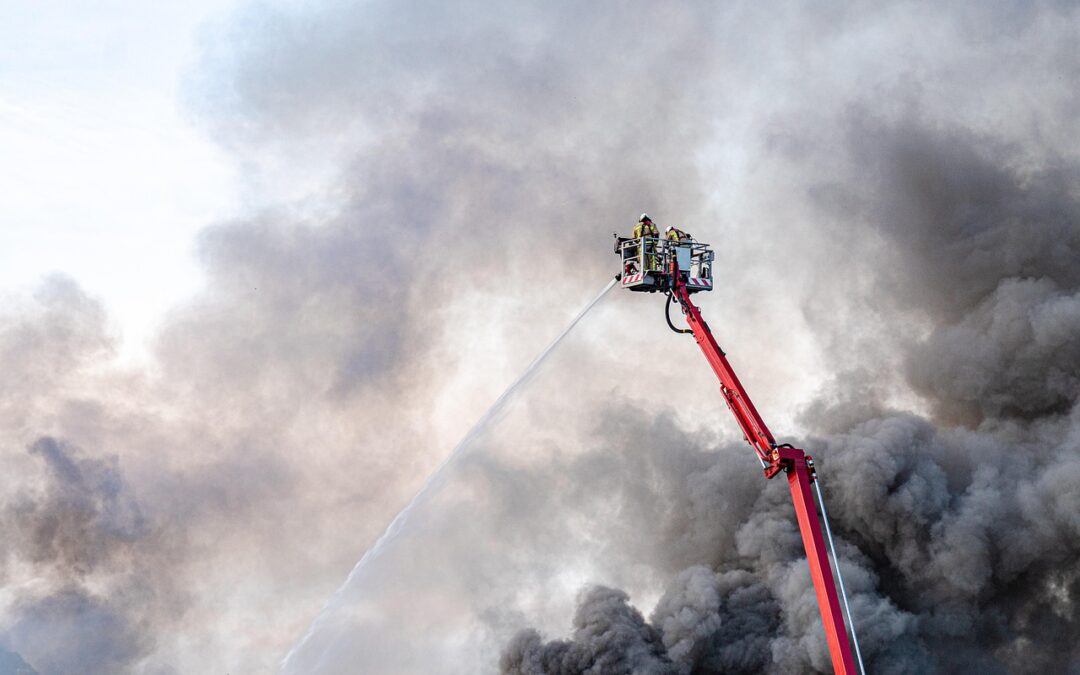In the high-risk environment of mining, fire safety is paramount. The combination of flammable materials, heavy machinery, and often extreme working conditions makes the potential for fires a constant concern. Smoking restrictions and the proper use of fire safety cans are crucial in mitigating these risks and protecting both lives and valuable assets. In this article, we’ll explore the significance of smoking restrictions and fire safety cans in mining, examining the best practices for fire prevention, the role of regulations, and how these measures contribute to safer operations. By understanding the risks and implementing effective fire safety strategies, mining operations can significantly reduce the likelihood of dangerous fire incidents.
What Are the Common Fire Hazards and Sources in Mining Environments?
Mining environments are inherently hazardous, and fire risks are among the most critical threats. Common fire hazards in mining sites include:
- Flammable Gases and Dust: Methane and coal dust can ignite with minimal sparks.
- Combustible Materials: Oils, lubricants, and explosives present fire hazards.
- Electrical Equipment Malfunctions: Faulty wiring or overheating machinery can lead to fires.
- Improper Smoking Practices: Unauthorized smoking can ignite flammable substances.
- Welding and Cutting Operations: Sparks from metalwork can trigger fires in dry areas.
Why is Understanding the Risks and Hazards Associated With Fires Important?
Fire incidents in mines can lead to severe consequences, including loss of life, property damage, and operational downtime. Understanding fire hazards is crucial for:
- Preventing Fatalities and Injuries: Smoke inhalation and burns can be fatal in confined mining spaces.
- Protecting Equipment and Infrastructure: Fire damage can result in costly repairs and operational delays.
- Ensuring Regulatory Compliance: Adhering to safety protocols minimizes legal risks and financial penalties.
- Enhancing Emergency Preparedness: Knowledge of fire hazards helps in designing efficient response strategies.
The Role and Best Practices for Smoking Restrictions in Mining Safety
Smoking restrictions are essential to minimizing fire risks in mining operations. Best practices include:
- Designating Smoking Areas: Establish clearly marked smoking zones away from flammable materials.
- Enforcing Strict No-Smoking Policies: Prohibit smoking in high-risk areas and underground tunnels.
- Providing Fire-Safe Smoking Receptacles: Use non-combustible ashtrays and self-extinguishing containers.
- Regular Employee Training: Educate workers on the dangers of unauthorized smoking.
- Routine Safety Audits: Conduct inspections to ensure compliance with smoking restrictions.
Regulations and Standards for Smoking and Fire Safety in Mining
Government agencies and industry organizations impose strict regulations on fire safety in mining. Key standards include:
- Mine Safety and Health Administration (MSHA) Regulations: Mandate fire prevention measures, including smoking bans in hazardous areas.
- Occupational Safety and Health Administration (OSHA) Guidelines: Provide best practices for fire safety and emergency response.
- National Fire Protection Association (NFPA) Standards: Offer fire prevention protocols specific to industrial settings.
- Company-Specific Fire Safety Policies: Mining companies often implement stricter internal fire prevention measures.
Types of Fire Safety Cans and Their Role in Preventing Fires
Fire safety cans are crucial for safe fuel storage and handling in mining sites. Common types include:
- Type I Safety Cans: Single opening for pouring and filling flammable liquids.
- Type II Safety Cans: Separate openings for filling and dispensing to minimize spills.
- DOT-Approved Transport Cans: Used for transporting fuel safely within mining operations.
- Oily Waste Cans: Designed for safe disposal of oil-soaked rags to prevent spontaneous combustion.
- Self-Closing Safety Cans: Equipped with automatic closure mechanisms to prevent vapor release.

Training and Awareness for Fire Safety in Mining Sites
Fire safety training is critical to reducing fire hazards. Effective training programs should cover:
- Fire Prevention Techniques: Safe handling of flammable materials and risk reduction strategies.
- Emergency Response Protocols: Evacuation plans and fire extinguisher usage.
- Use of Personal Protective Equipment (PPE): Training on proper fire-resistant gear.
- Fire Drill Simulations: Hands-on exercises to prepare employees for real-life scenarios.
- Reporting Procedures: Ensuring workers know how to report fire hazards promptly.
The Consequences of Ignoring Fire Safety and Smoking Restrictions
Failure to adhere to fire safety measures can lead to:
- Loss of Life and Injuries: Smoke inhalation and burns are significant risks.
- Legal Consequences: Non-compliance with fire safety regulations results in fines and penalties.
- Financial Losses: Fires can cause damage to equipment, leading to costly downtime.
- Environmental Impact: Uncontrolled fires can pollute air and water sources.
Technological Innovations in Fire Prevention and Safety Equipment
Advancements in fire prevention technology are improving safety in mining operations:
- Automated Fire Suppression Systems: Detect and extinguish fires before they spread.
- Thermal Imaging and Fire Detection Sensors: Provide early warnings for overheating equipment.
- Fire-Resistant Materials: Innovations in protective clothing and flame-retardant barriers.
Strengthening Fire Safety Practices and Smoking Restrictions for Safer Mining Operations
Implementing smoking restrictions and fire safety measures is crucial for preventing mining-related fires. By enforcing regulations, utilizing fire safety cans, adopting new technologies, and providing comprehensive training, mining companies can significantly reduce fire risks, ensuring a safer working environment.

